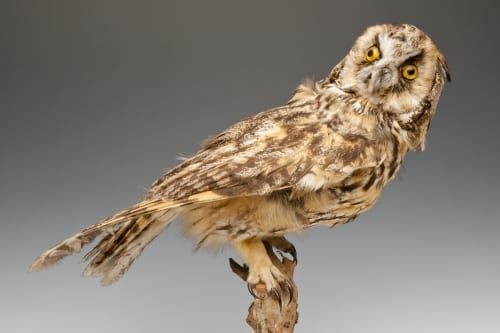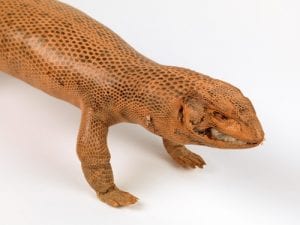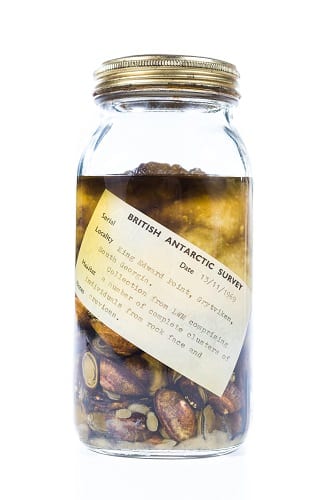History will most likely look back on 2016 as a reasonably significant year – you don’t need reminding why. It’s probably fair to say that the activities of the Grant Museum will not feature highly in the list of major global events, but nevertheless we like to think we had a positive impact on the lives of our supporters and visitors last year, both physically and digitally.
Team Grant had plenty to cheer about in 2016: our two exhibitions were based on artistic ways of looking at scientific topics. First was Skullpture, when we invited the Sculpture students from the Slade School of Fine Art to takeover the museum with their responses to our collection and history. Then, with Natural Creativity: Sex and Trickery we displayed a collection of stunning drawings by Clara Lacy depicting the species that are being studied by biologists in the UCL Department of Genetics, Evolution and the Environment: the sexual preferences, sex determination and sexual selection in the animal kingdom.
In terms of our collections, we reached a giant milestone last year – we finally know where every single specimen stored in the museum space is, possibly for the first time in our 190 year history. We’ve also been focusing our conservation work on our collection of wet specimens, with Project Pickle. We’ve had a really ambitious events programme too, the pinnacle being the dissection of cheetah by a team of five reseachers in front of a huge audience of over 300… It was a busy year.
As a way of looking back, on Twitter over the past week we’ve been counting down the best of 2016’s blog – the Top Ten most viewed Grant Museum posts of last year*.
I’ve announced those ranking at 10 to 2 in the charts, and exclusively revealing here that the most popular post of 2016 is… (more…)
Filed under Grant Museum of Zoology
Tags: Art exhibition, Cabinet of Curiosity, exhibitions, human remains, Jack Ashby, Mark Carnall, Paolo Viscardi, Pokemon, Skullpture, Thylacine, Thylacine Day, UFFoTM
1 Comment »
 Close
Close










